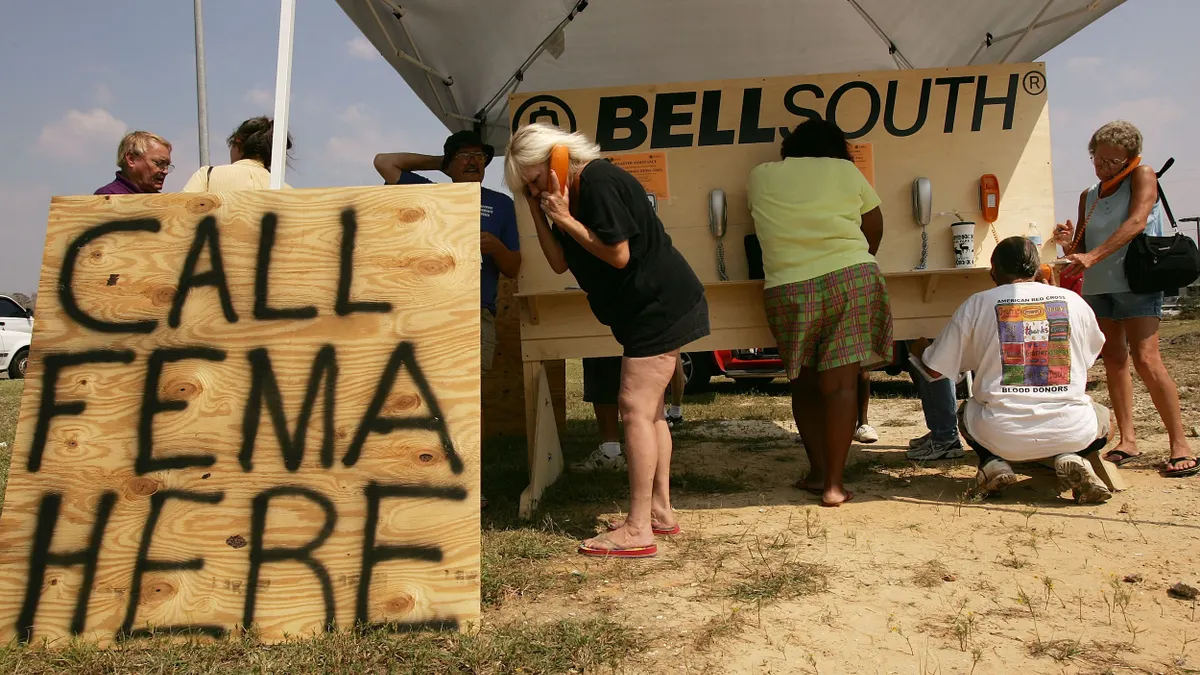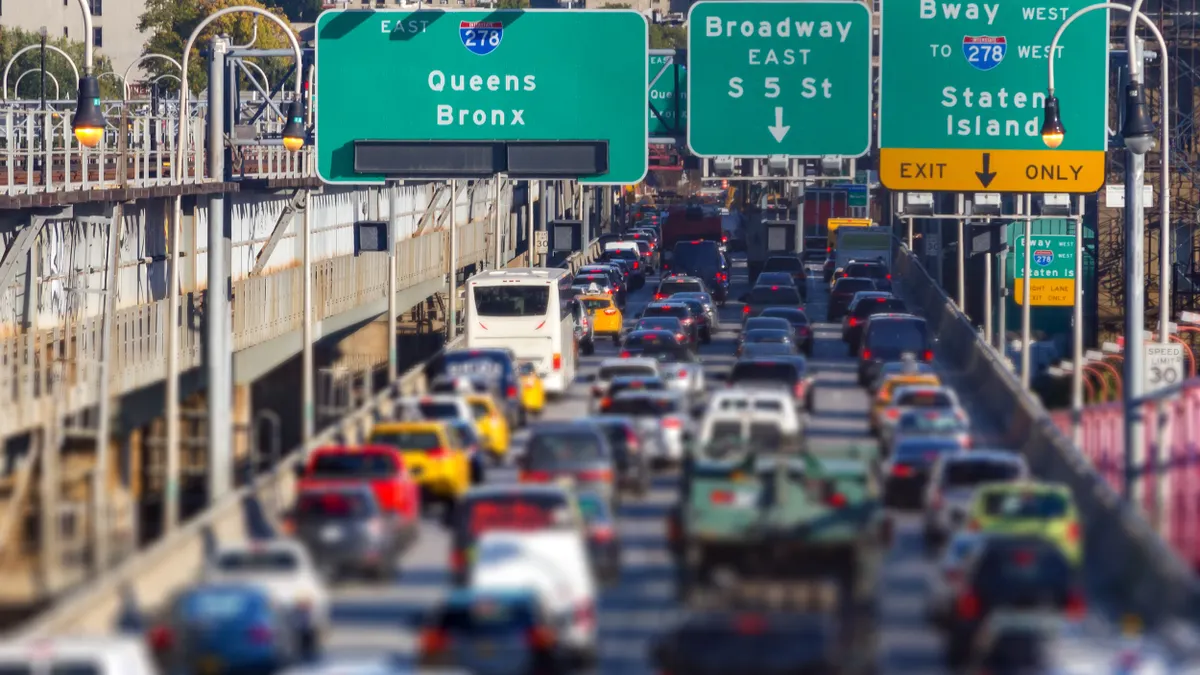Dive Brief:
-
The Urban Institute published a new data analysis exploring how federal spending has shaped disaster response, recovery and hazard mitigation in the 20 years since Hurricane Katrina devastated the Gulf Coast region in 2005.
- The analysis includes downloadable state, county and congressional district data showing that every county in the Gulf Coast had at least three major disasters since Katrina and annual climate change-related disaster losses are projected to double by 2050.
-
Cities can use the data to better understand “how they’re funding all these really important disaster-related policies, efforts and initiatives, what their spread of funding is looking like and potential opportunities that they haven’t tapped into in the past” to inform resourcing efforts, said Will Curran-Groome, a research associate in the Urban Institute’s housing and communities division.
Dive Insight:
The federal government’s slow and disorganized response to Katrina led Congress to pass the bipartisan Post-Katrina Emergency Management Reform Act of 2006 directing the Federal Emergency Management Agency to provide technical assistance to states and local governments that experience severe weather events and ensure state, regional and local emergency preparedness.
As the Trump administration moves to cut FEMA staff and funding, local officials can use the data to prove that the agency’s support has been a critical resource for their communities in the past and ask elected officials how they can help cover the gaps left in the cuts’ wake, Curran-Groome said.
“For some counties, we’re seeing 10-plus major disaster declarations over the period we’re looking at,” Curran-Groome said. “This helps local leaders substantiate and visualize [the problem], as we know climate change is going to make these events worse in terms of severity and frequency, but also with changing population patterns, we might have more folks living in really high-risk areas across the Gulf region.”
The researchers analyzed the stream of funding programs that delivered disaster assistance to Louisiana, Mississippi, Florida, Texas and Alabama between 2005 and 2022. FEMA delivered more than $87 billion in response and recovery assistance to Gulf Coast states between 2005 and 2024, but the total included funding from the U.S. Department of Housing and Urban Development and the U.S. Small Business Administration, which together delivered an additional $86 billion.
The bulk of this assistance has been spent on post-disaster recovery, Curran-Groome said, even though “getting funds to communities pre-disaster is really cost-effective.” As the federal government shifts funding obligations to states, he said, “there are so many proactive tools they can use to reduce risk up front rather than investing in a much more expensive manner after the fact.” These proactive investments include investing in physical infrastructure and supporting local communities’ housing and land use decisions, he said.
The analysis can also help cities identify other communities with similar hazard profiles and histories, as well as income spreads and racial compositions, that they could collaborate with and learn from, Curran-Groome said.
“What really jumped out was just how high social vulnerability was across so many counties in the Gulf Coast,” he said.
Curran-Groome said the analysis is “foundational both for the Gulf and for the U.S. as a whole because it raises the profile of what disasters can look like and how terrible they can be.”
“Katrina continues to remain, in some ways, unparalleled in its scale and scope,” he said. “But we know there’s going to be disasters of a similar severity in terms of the event itself, if not necessarily the way it plays out in the aftermath.”











